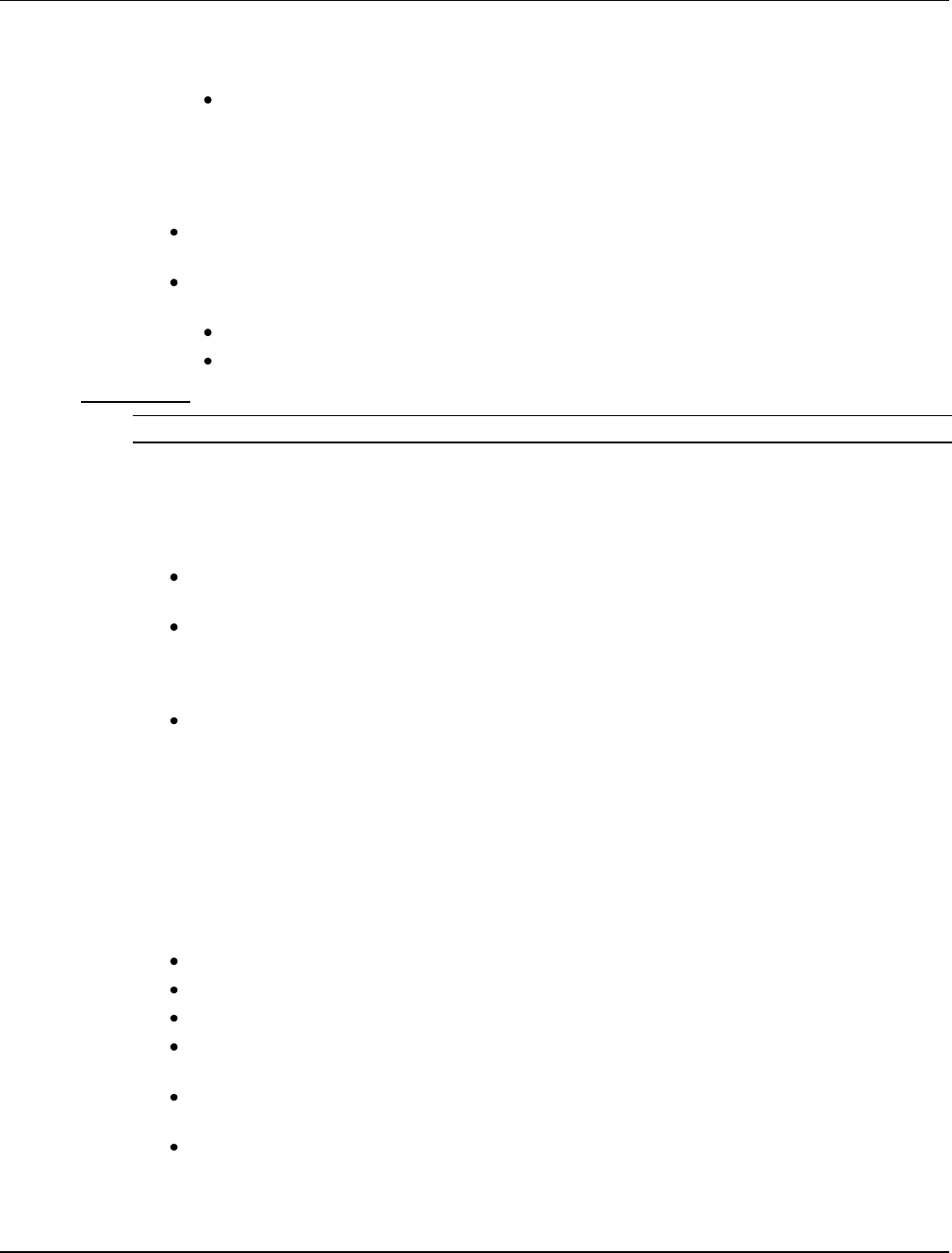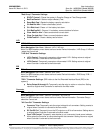
User Instructions UM1M820BNA
Spec No. 1M820BNA (Model M820B) Issue AH, March 4, 2013
Spec No. 1M820DNA (Model M820D)
Chapter 3. Local Display Menus 111
This document is property of Emerson Network Power, Energy Systems, North America, Inc. and contains confidential and proprietary information owned by Emerson Network Power, Energy
Systems, North America, Inc. Any copying, use, or disclosure of it without the written permission of Emerson Network Power, Energy Systems, North America, Inc. is strictly prohibited.
transferred to Float Charge mode. For example, a value of 0.010C10 means that when
the charging current is less than 1% of the battery’s nominal capacity, the system
returns to the Float mode.
EQ Stop Delay: See "EQ Stop Curr" above.
Note: If the power system has been automatically placed in Equalize mode, disabling
Auto EQ will not return the system to Float mode until the current Equalize cycle is
completed. To return immediately to Float mode, navigate as follows: Main Menu /
Manual / Batt Group / EQ/FLT Control, and select Float Charge.
Maximum EQ Time: This is the maximum duration, in minutes, that an Automatic Equalize
Charge will last regardless of the other settings.
Cyc EQ: Enables or disables cyclic (scheduled) Equalize charging. When enabled, the
following parameters can be set.
Cyc EQ Interval: Cyclic (scheduled) Equalize charging interval.
Cyc EQ Duration: Cyclic (scheduled) Equalize charging duration.
Temp Comp
Temp Comp Menu
Menu Navigation: Main Menu / Quick Setting / Temp Comp
Note: For WEB Interface; menu items are found under Quick Settings / Temp Compensation
Setting.
"Temp Comp" Parameter Settings:
Temp CompCenter: Sets the temperature at which the system operates at normal voltage
levels.
Temp Comp Coeff: Sets the temperature compensation slope or rate of change per °C
above or below the "Temp Comp" setting. This value is expressed in millivolt per °C per
string (mV/°C/str). For example, for a rate of change of 72 mV/°C/str in a 24-cell 48V
nominal battery string, the rate of change is 3 mV per cell.
TempComp Sensor: Select "None" for no temperature compensation, or the temperature
probe (SMTemp8 T8 / ... / SMTemp8 T1 / ... / SMTemp1 T8 / ... / SMTemp1 T1 / EIB T2 /
EIB T1 / IB2 T2 / IB2 T1) sensing battery temperature for temperature compensation. You
can also select Maximum or Average which takes the maximum or average reading of the
temperature probes (any of SMTemp8 T8 / ... / SMTemp8 T1 / ... / SMTemp1 T8 / ... /
SMTemp1 T1 / EIB T2 / EIB T1 / IB2 T2 / IB2 T1) set as battery temperature probes. When
used with an SM-BRC, you can select to average the SM-BRC temperature probe
readings.
Note: The temperature compensation sensor is also the sensor which displays the battery
temperature on the Web Interface’s Homepage.
Comp Temp High2: Allows you to set a high compensation temperature alarm 2 point.
Comp Temp High1: Allows you to set a high compensation temperature alarm 1 point.
Comp Temp Low: Allows you to set a low compensation temperature alarm point.
Temp Comp Clamp: Enables or disables the temperature compensation voltage clamp
feature.
Temp Comp Max V: Upper voltage limit where battery temperature compensation clamps
the voltage.
Temp Comp Min V: Lower voltage limit where battery temperature compensation clamps
the voltage.


















